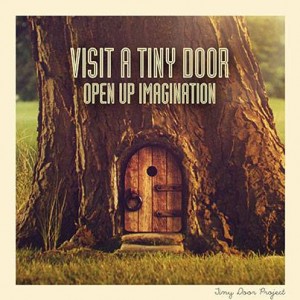AT&T: Connected content experience for all customers
A unified content strategy across all of AT&T helped them consistently create content that solves people problems, streamlined daily operations, reduced cost, and optimized the use of technology.
Project Objective
Create a flexible design system that allows content to be developed by different teams that is on strategy, on brand, and appears as a seamless, delightful experience to AT&T customers.
Approach
Create a repeatable process for content creation, make standardized templates for atomized content across all digital channels, and support it with accountable individuals to manage a content playbook the whole organization can follow.
The Work
A discovery exercise that involved content audits and interviewing stakeholders helped reveal the unique challenges AT&T was facing, along with its strengths. The consumer experience was mapped out to identify different places AT&T customers engaged with content.
We developed a detailed playbook for AT&T to utilize in order to standardize the creation of content. It included guidance, best practices and standards around:
- Auditing existing content
- Managing digital assets
- Documented process
- Roles and responsibilities
- Editorial guidelines
- Target audience and segmentation
- Strategic approach
- Personalization guidelines
- Internal deliverable templates for the content creation process
- Publishing and distributing content
- Measurement and optimization
- Governance

To roll this new approach out to the organization, a collaborative workshop was planned and designed in order to share thinking with key stakeholders while helping them feel ownership and accountability with the new process.
Deliverables
- Stakeholder Interviews
- Content Audit
- Unified Content Strategy
- Content Playbook
- Client Workshop









